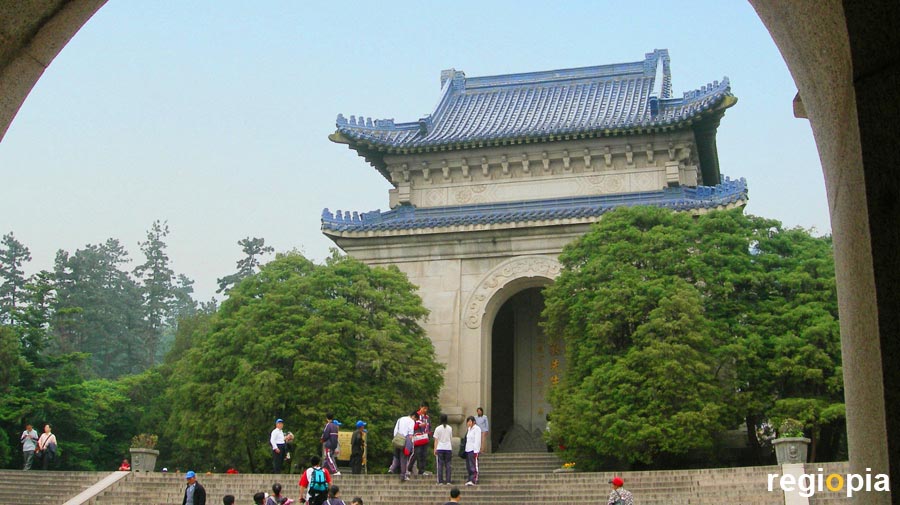
Dr. Sun Yat-sen Tomb
Dr. Sun Yat-sen was the founder of modern China. He died 1925 in Beijing but wanted to be buried in Nanjing. The white marble with blue glazed tiles, symbolizing the colors of the Guomingdang-Flag. You have to climbe 400 steps to reach the mausoleum.
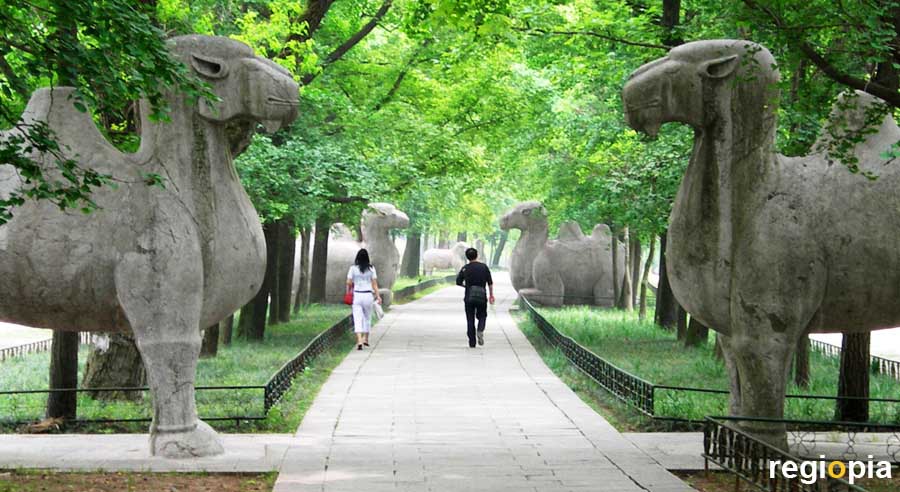
Ming Tombs
The Sacred Way at the Ming tombs is flanked by huge animals and mythical creatures made of marble. The opposing stone statues guarding the grave of Ming Emperor "Zhu Yuanzhang" and his wife Ma "Xiaoling" the Childlike Empress, from the 14th century.
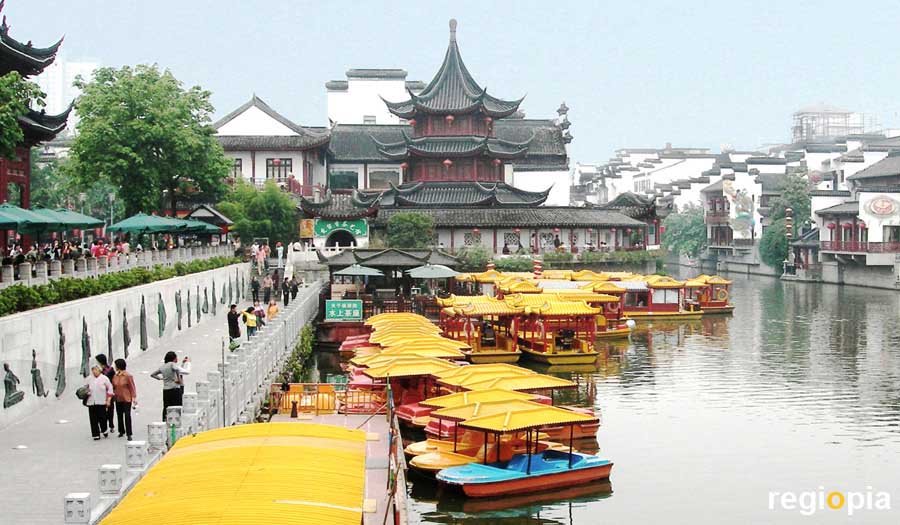
Nan Cheng District
The southern part of Nanjing is called "Nan Cheng" is located at the Qinhuai River, very close to the Confucius Temple. Here one can find many restaurants and shopping streets. At night millions of lights illuminate the river and make "Nan Cheng" the most lively place in the city.
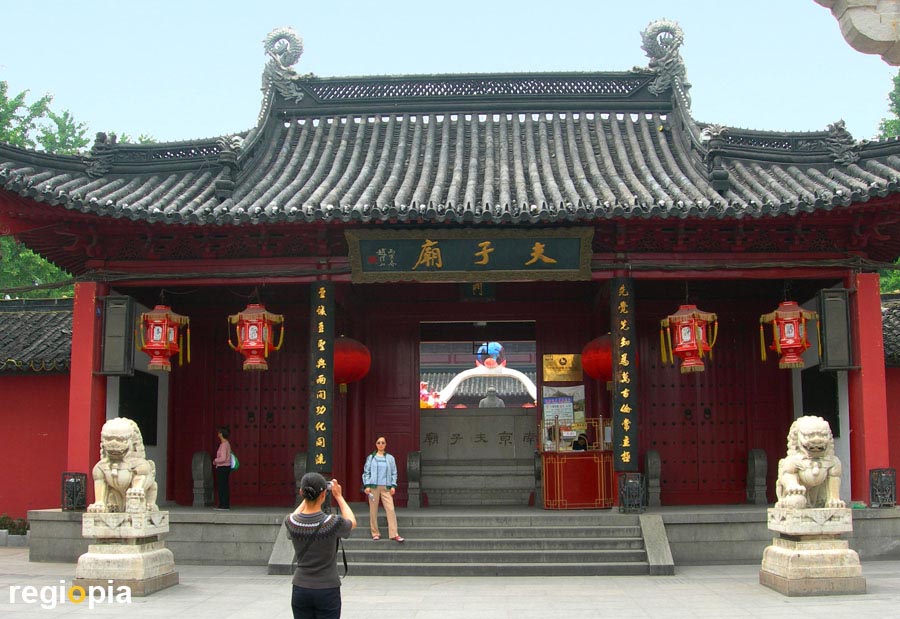
Nanjing Confucius Temple
The Confucius Temple (Fuzi Miao) was built in 1869 on the remains of an earlier temple, which was destroyed by a fire. The political philosopher who lived from 551 BC until 479 BC in Qufu became world famous. His teaching is not a religion, but became the state ethics of many dynasties and even other countries in asia.
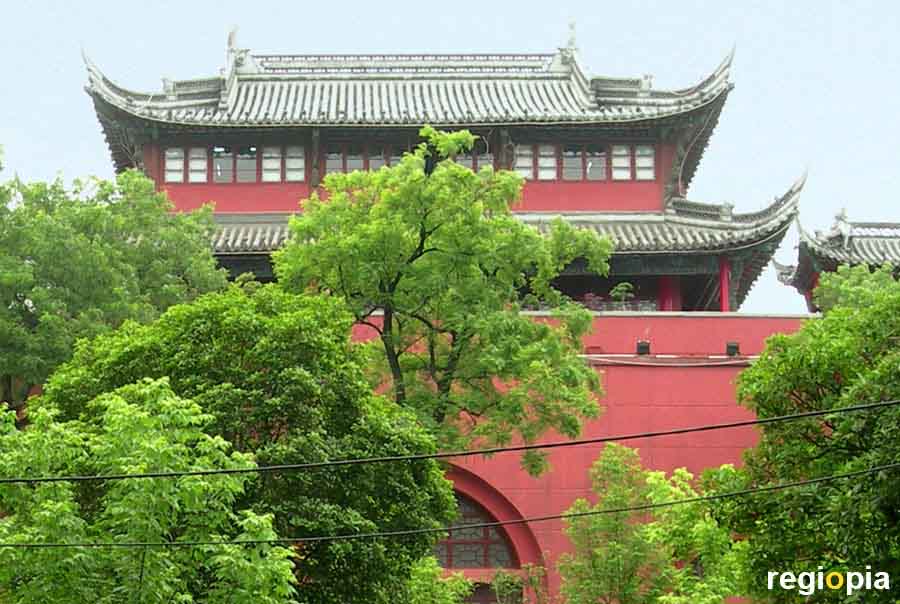
Drum Tower
The "Gu Lou" Drum Tower was built in 1382 and stands in the northern part of the city center. The drum was beaten to indicate the time and warned of dangers. The Bell Tower was also in the center of the historical city but was not part of the city wall.
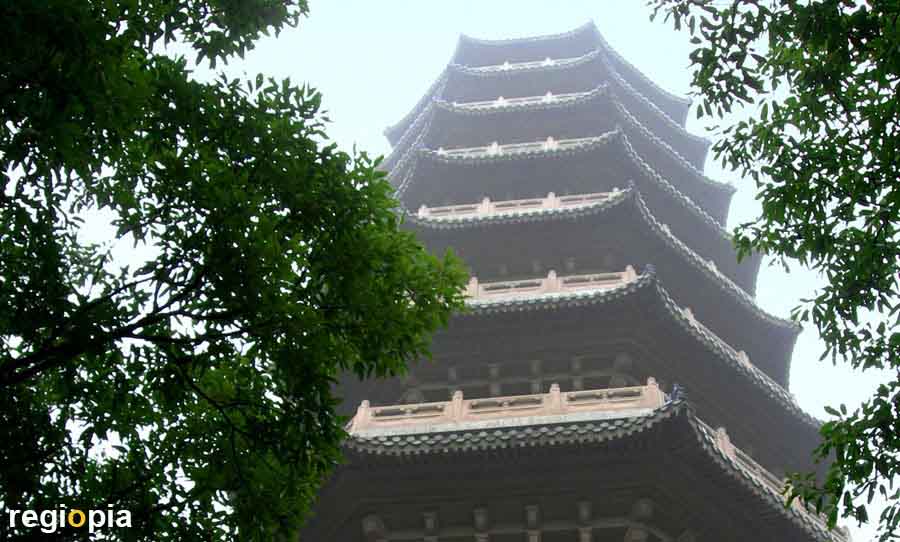
Ling Gu Pagoda
The eight-storey pagoda of "Ling Gu" temple in the ghost valley, was erected in 1929 in honor of the fallen soldiers of the 1911 revolution. From the 61 m high pagoda you have a very nice view on the wooded "Zhongshan" Mountains. The temple was built in 515 on the site of the Ming Tombs. The temple was moved to make room for the graves of the emperors. Also worth a visit is the Wuliang Hall, which was built in 1381 made of brickwork without wooden support, which is very unusual for China.
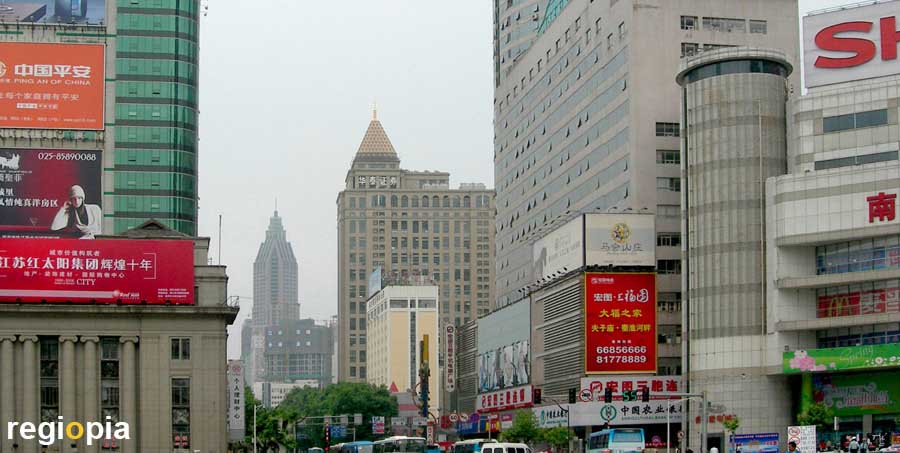
Xinjie Kou
The modern city center of Nanjing is located in the area around Xinjie Kou intersection. Skyscrapers, pedestrian zones and department stores make the central business center of the Nanjing a lively place. This is also where Nanjing's two subway lines cross. The Zhong Shan Lu is the north-south axis of the city, which meets the east-west axis here, which is also called Zhong Shan Dong Lu. Dong means east, so it is clear to Chinese that this Zhong Shan Street leads east. The road going west is called Hanzhong Street. Otherwise all streets at this intersection would have the same name. Xinjie Kou means "New Crossroad".
Map Nanjing Sights
ads
Travel Guide Nanjing
Welcome to Nanjing
Nanjing means southern capital (Nan = south, Jing = capital). Some also use the colonial spelling "Nanking". In 1957 the Chinese transliteration Pinyin was introduced and the city has since been spelled "Nanjing". Pronounced it sounds a bit like Nan-Djing.
Nanjing was the capital of China before Beijing. In 1421 the emperor moved to the northern capital Beijing (Bei = north). Around 6 million people live in Nanjing today.
ads
ads


